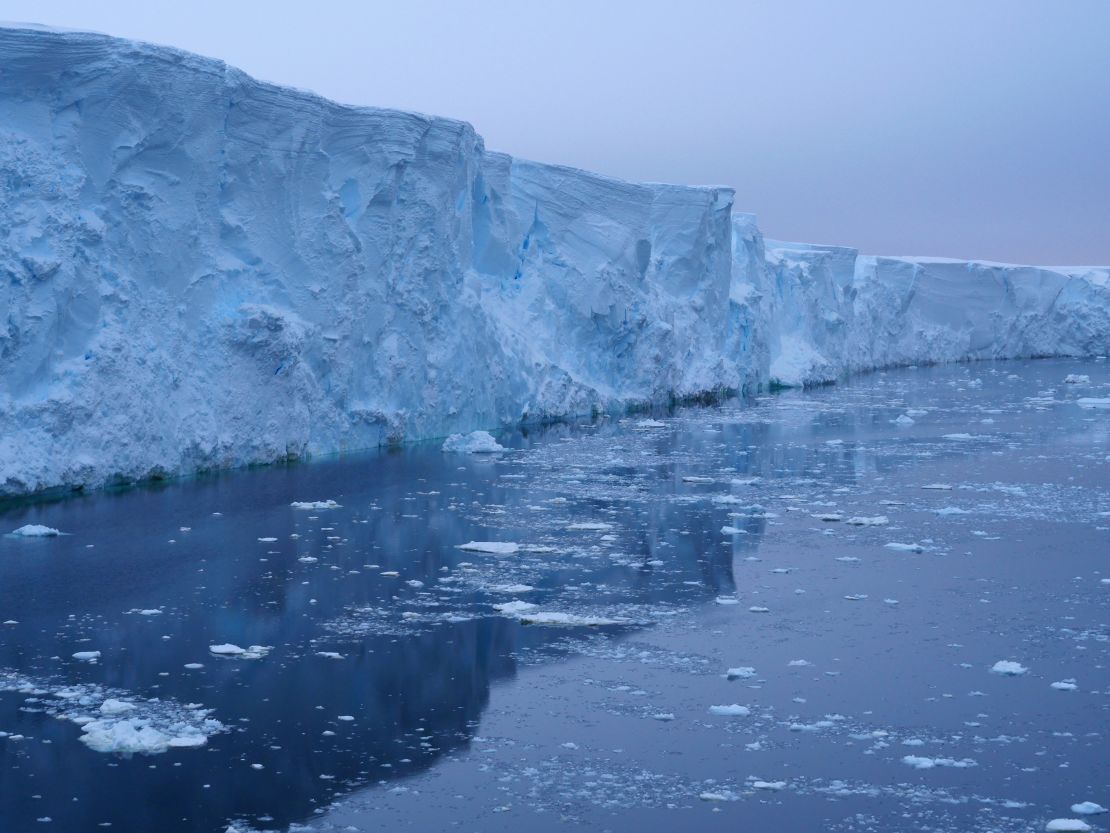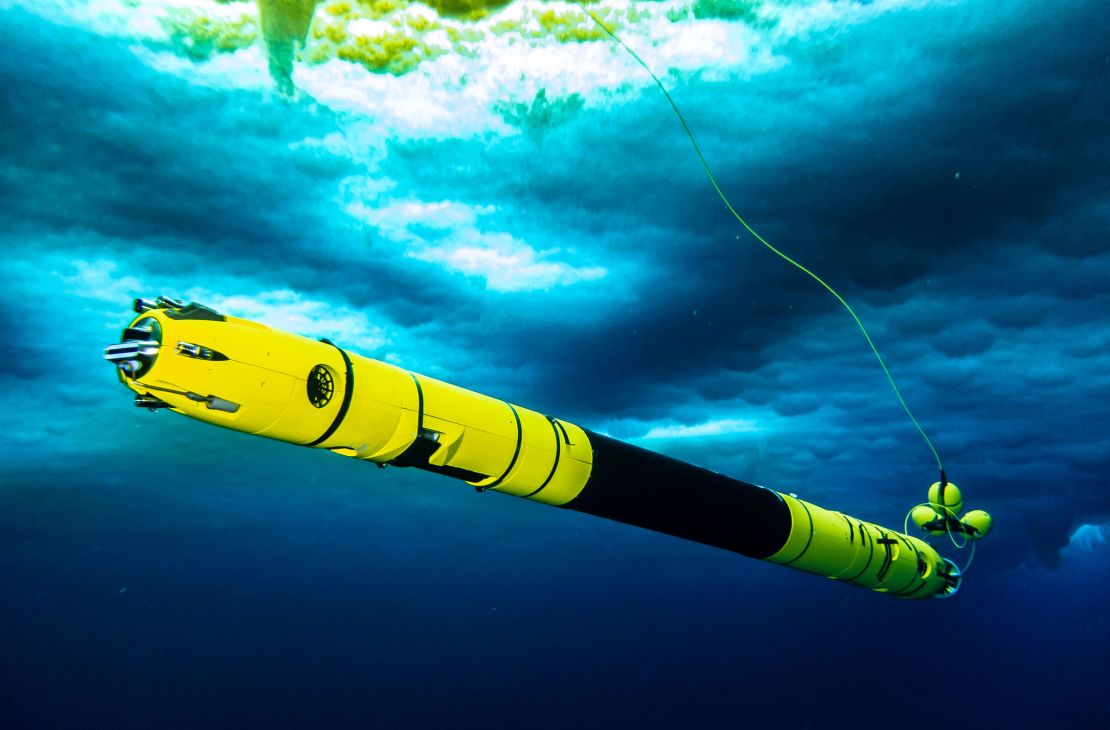CNN
–
Scientists using icebreakers and underwater robots have found that Antarctica’s Thwaites Ice Sheet is melting at a rapid rate and may be on an irreversible path to collapse, spelling doom for of global sea level rise.
Since 2018, a group of scientists who form the International Thwaites Glacier Collaboration, have been studying Thwaites – often called the “Doomsday Glacier” – to better understand how and when it may collapse.
Their findings, cataloged in a collection of findings, provide the clearest picture yet of this complex, ever-changing glacier. The “sauce” observations, the scientists said in a report published on Thursday, reveal the key conclusions of their six-year research.
They found that rapid ice loss is set to accelerate this century. Thwaites retreat has increased dramatically over the past 30 years, said Rob Larter, an oceanographer with the British Antarctic Survey and part of the ITGC team. “Our results show that it tends to go back and forth faster,” he said.
Thwaites project scientists and the Antarctic Ice Sheet could collapse within 200 years, which could have dire consequences.
Thwaites holds enough water to raise sea levels by more than 2 feet. But because it also acts as a sinkhole, holding the Antarctic’s largest ice sheet, its collapse could eventually lead to a rise in sea level rise of 10 meters, destroying coastal cities from Miami and London to Bangladesh and the Pacific Islands.

Scientists have long known that the Florida-sized Thwaites was vulnerable, in part because of its geography. The land on which it sits is subsiding, which means that as it melts, more ice is exposed to the relatively warm ocean water.
Previously, however, little was understood about regression processes. “Antarctica remains the biggest drawcard for understanding and predicting future sea level rise,” ITGC scientists said in a statement.
In the past six years, experiments by scientists have tried to clarify more.
They sent a torpedo-shaped robot called Icefin to the Thwaites baseline, where the ice rises from the ocean floor and begins to float, a key point of vulnerability.
The first clip of Icefin swimming to the drop line was sensational, said Kiya Riverman, an ice expert from the University of Portland. At the new meeting he said: “For ice and glacier experts, I think this has had an emotional impact that perhaps the arrival of the moon has had on society as a whole. “It was a big deal. It was the first time we had seen this place.”
With images illuminated by Icefin, they discovered that the ice is melting in unexpected ways, and that warm seawater is able to penetrate deep cracks and “staircases” in the ice.

Another study used satellite and GPS data to look at the effects of the waves and found seawater was able to push more than 6 kilometers beneath the Thwaites, forcing warm water beneath the ice and he caused a rapid meltdown.
However, more scientists investigated the history of Thwaites. A team that included Julia Wellner, a professor at the University of Houston, analyzed the ocean column to reconstruct the past ice age and found that it began to retreat rapidly in the 1940s, possibly as a result of an extreme event. especially El Niño – natural climate change. it has a warming effect.
The results “teach us a lot about ice behavior, adding more information than is available by looking at modern ice,” Wellner told CNN.
Among the sadness, there was also good news about another process that scientists fear may be causing the rapid melting.
There is concern that if the Thwaites glacier collapses, it will leave long cliffs exposed to the sea. These long cliffs can become unstable and fall into the sea, exposing the long cliffs behind them, and this process repeats itself over and over again.
A computer model, however, has shown that if this event is true, the chances of it happening are less than previously feared.
That doesn’t mean Thwaites is safe.
Scientists predict that the entire Thwaites and the Antarctic Ice Sheet behind it would be gone by the 23rd Century. Even if people stop burning fossil fuels quickly – which is unlikely – it may be too late to save.
While this phase of the ITGC project is being completed, scientists say that more research is still needed to find this complex ice and understand if its return is irreversible.
“Although progress has been made, we still have serious doubts about the future,” said Eric Rignot, a glaciologist at the University of California, Irvine and part of the ITGC. “I’m always very concerned that this part of Antarctica is already collapsing.”
#Scientists #looked #deep #beneath #Doomsday #Glacier #means #disaster #world #CNN